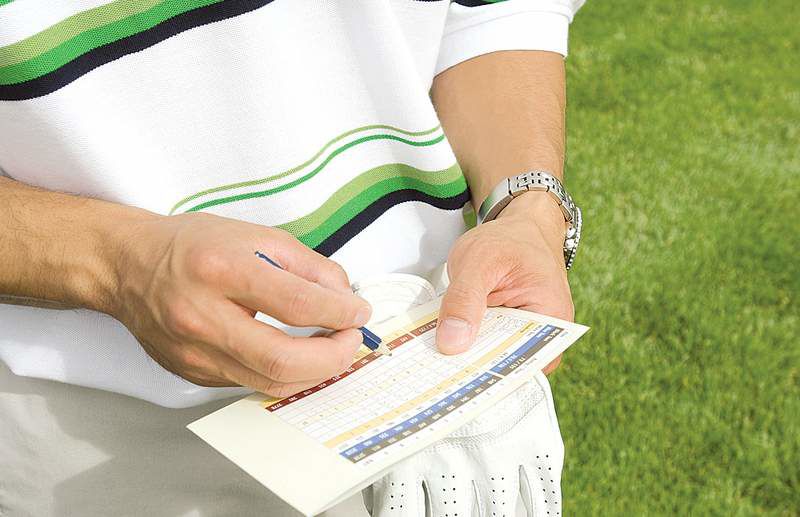Golf progress is tough
Published 5:00 am Sunday, May 1, 2011

- Thinkstock
We are all searching for that ONE thing that will take our golf games from bogey player to tour pro.
Maybe you think a tiny swing adjustment will do the trick, or that shiny new driver will resolve your issues. I often think a tweak to my putting stroke will suddenly turn me into Ben Crenshaw, and so I constantly tinker.
The bottom line is that we all the ask the question: “How do I play great golf?” And inevitably, we come up short of finding the answer.
In a lot of ways that’s what makes golf unique: It allows us to dream big, even if we are long past the age at which we can pin our hopes on becoming a fireman or a big league center fielder.
Well, if you are hoping for answers from your local golf writer, forget about it. Like most amateur golfers, I have been searching for that ONE thing far too long, and I have never come close to finding it.
I offer no silver bullet that would assure great golf. But I do have some ideas on how to better track even modest improvements in your game this season.
• Count ALL your strokes in the early season, when snowmen — the dreaded “8” — make your scorecard look like an animated Christmas special. Counting all those bad shots is a tough pill for amateurs, including me, when you know you are just weeks from playing better golf.
But regardless of the temporary pain it may cause, count every chunk, whiff, skull and shank. Why?
Well, it’s not about cheating. It’s about tracking your progress.
The idea is simple. You are going to better appreciate that 85 you are bound to shoot this summer if you suffer through a couple of triple-digit eye-openers early in the season.
• Stop worrying so much about your handicap.
Kelly Neely, the Oregon Golf Association’s senior director of handicapping, estimates that 1 to 2 percent of all golfers with handicaps are “sandbaggers,” the lowest form of golfer. Sandbaggers tend to “forget” to post their good scores and never neglect to post that 110 in order to boost their handicap and give themselves an advantage during net tournaments.
Interestingly, Neely estimates that about 10 percent of golfers are actually “vanity” handicappers, who ditch their unmentionable rounds to make their handicap look better. These folks are less annoying, as they are harming only themselves.
But the question is: Why? Golfers should focus less on what their handicap index is and more on what that handicap is telling them. For instance, if your handicap has crept higher, maybe it’s time for a lesson with your favorite golf pro rather than a cue to toss that 105 into the garbage bin.
• Try something new. Don’t get so wrapped up in the score that you are afraid of taking a risk.
Conservative golf is generally a good way to play the game, to be sure. But with great risk, sometimes, comes great reward.
This is not about foolish plays requiring a once-in-a-lifetime ball strike to pull off a shot. Amateurs should never play that way.
But going for a green in two shots when water might be in play near the green? Well, that might be worth the gamble.
Honestly assess your ability, and if you deem the risk worth it, go for it. After all, this game is supposed to be fun. And how else will you know what your limits are as a golfer unless you try something outside your comfort zone?
• Maybe most important, seek professional mental help. Well, not seriously. But golf is a game in which “perfection is unobtainable,” as character Roy McAvoy said in the 1996 movie “Tin Cup.”
That pursuit of unreachable perfection is what makes the game so addictive and yet so maddening. But remember, the PGA Tour likely won’t be beckoning, so lighten up. And more important, be honest with yourself.
You might actually find that joy can be found from more than a score. In fact, the greatest joy in this great game can come from knowing that you truly improved, however incrementally.
Ways to keep better track of improvement






